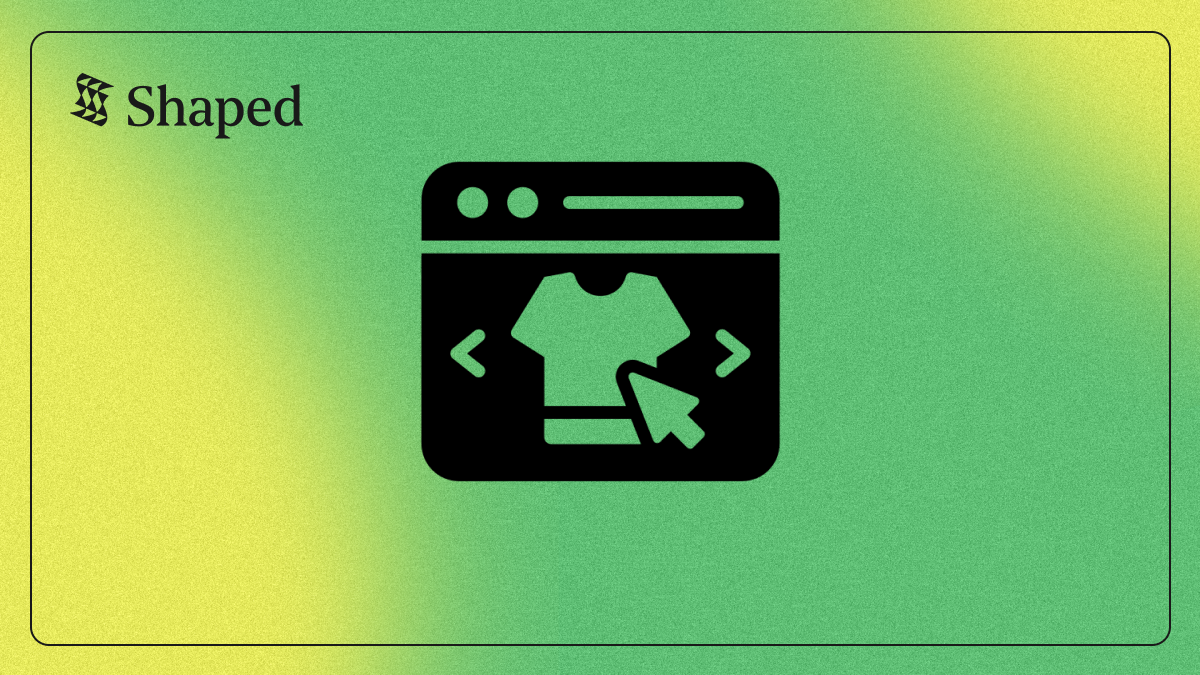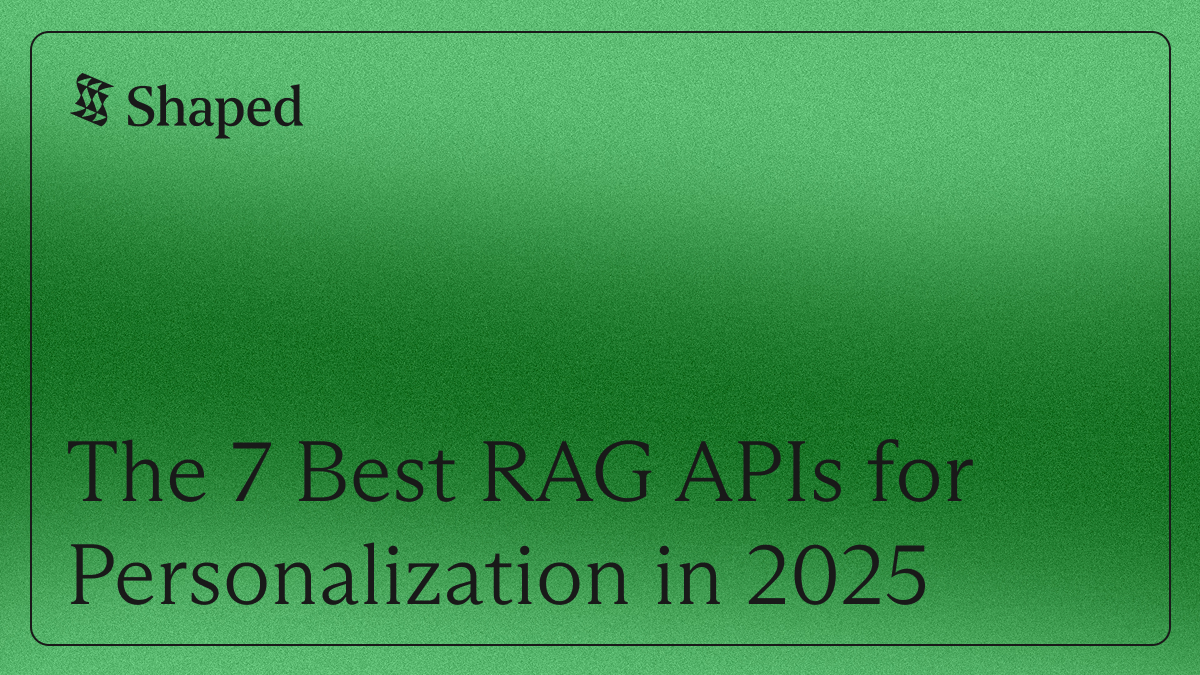As a Product Manager at a secondhand marketplace, your reality is fundamentally different from your peers at traditional e-commerce sites. They worry about optimizing supply chains for 10,000 units of the same blue t-shirt. You worry about how to surface a single, unique, vintage leather jacket to the one person in a million who is looking for it, before it sells and vanishes forever.
This is the "SKU of 1" problem.
It’s not a bug; it’s the core of your business. Every listing is a one-of-one. This single truth breaks almost every rule in the standard personalization playbook. The strategies that work for Amazon or Target will fail spectacularly on your platform.
Think about it:
- "Trending Items": You promote a cool, one-off item. It sells in five minutes. Now, the most prominent spot in your app leads to a "sold out" page, frustrating every subsequent user who clicks it.
- "Best-Sellers": A "best-selling" item in your world has a sales volume of exactly one. The signal is useless for recommending that item to others.
- "Customers Also Bought": This logic is nonsensical when you can't buy the same two items together.
Trying to use these tools is like trying to fit a square peg in a round hole. You end up with a discovery experience that feels stale, irrelevant, and constantly leads users to dead ends.
Your Entire Catalog is a Cold Start Problem
The core issue is that traditional recommendation systems are built on historical interaction data, primarily sales. They need lots of people to buy an item to learn who likes it.
On your marketplace, every new listing is a cold start. It has no history. By the time it has any sales data, it’s gone. This means 99% of your inventory is invisible to algorithms that rely on popularity. You're forced to fall back on chronological sorting, which is a firehose of unorganized content, or simple text search, which misses anything that isn't perfectly described.
The New Playbook: From Sales History to Content DNA
If you can’t use sales history, what’s left? The content of the listing itself.
To solve the SKU of 1 problem, you need a system that can understand a product's "DNA" the moment it's listed, before anyone has ever seen it. This requires a new kind of personalization engine, one that thinks more like a stylist than a data analyst.
Shaped is an API-first platform built for this new reality. Instead of relying on sales data, we use modern machine learning to analyze the rich, unstructured content of your listings.
Here’s how that fixes your biggest discovery challenges:
1. Visual and Text-Based Ranking
The Old Way: Your algorithm sees item_id: 8B4G9.
The Shaped Way: Our models don't just see an ID. They see the seller's photos and description and understand its attributes: vintage, 1990s, high-waisted, light-wash denim, mom jeans. Our API can then match this item's DNA to users who have shown an affinity for that style, even if they've never seen this specific pair of jeans. It can rank your entire feed this way, instantly.
2. From "Sold Out" to "Here's Something Similar"
The Old Way: A user finds the perfect item. It's sold. The journey ends in frustration.
The Shaped Way: That sold item is a powerful signal. When a user lands on that page, our API can instantly recommend other available listings with a similar DNA. It finds other high-waisted, light-wash jeans from your catalog, turning a dead end into a new discovery path. We help you recommend the next best thing.
3. Understanding Seller Style
The Old Way: Your platform treats all sellers equally in the ranking.
The Shaped Way: We know that on your marketplace, users don't just buy items; they buy into a seller's aesthetic. Our models can learn a user's affinity for specific sellers. When a user follows or buys from a seller with a certain style, we can boost other, similar sellers in their feed, helping them discover the curators they'll love.
Stop Using a Playbook That Wasn't Written for You
Your marketplace is unique, and your discovery challenges are, too. Continuing to use personalization strategies designed for infinite-SKU retailers will only lead to more frustration for you and your users.
Solving the SKU of 1 problem is the single biggest lever you can pull to improve engagement, retention, and conversions. With the right tools, you can turn your biggest challenge into your greatest strength.
Curious how we would rank a feed of your most recent listings? We’d love to show you a demo.




